To receive the Femtech World newsletter, sign up here.
Q&A
What is endometriosis: Q&A with Endometriosis UK
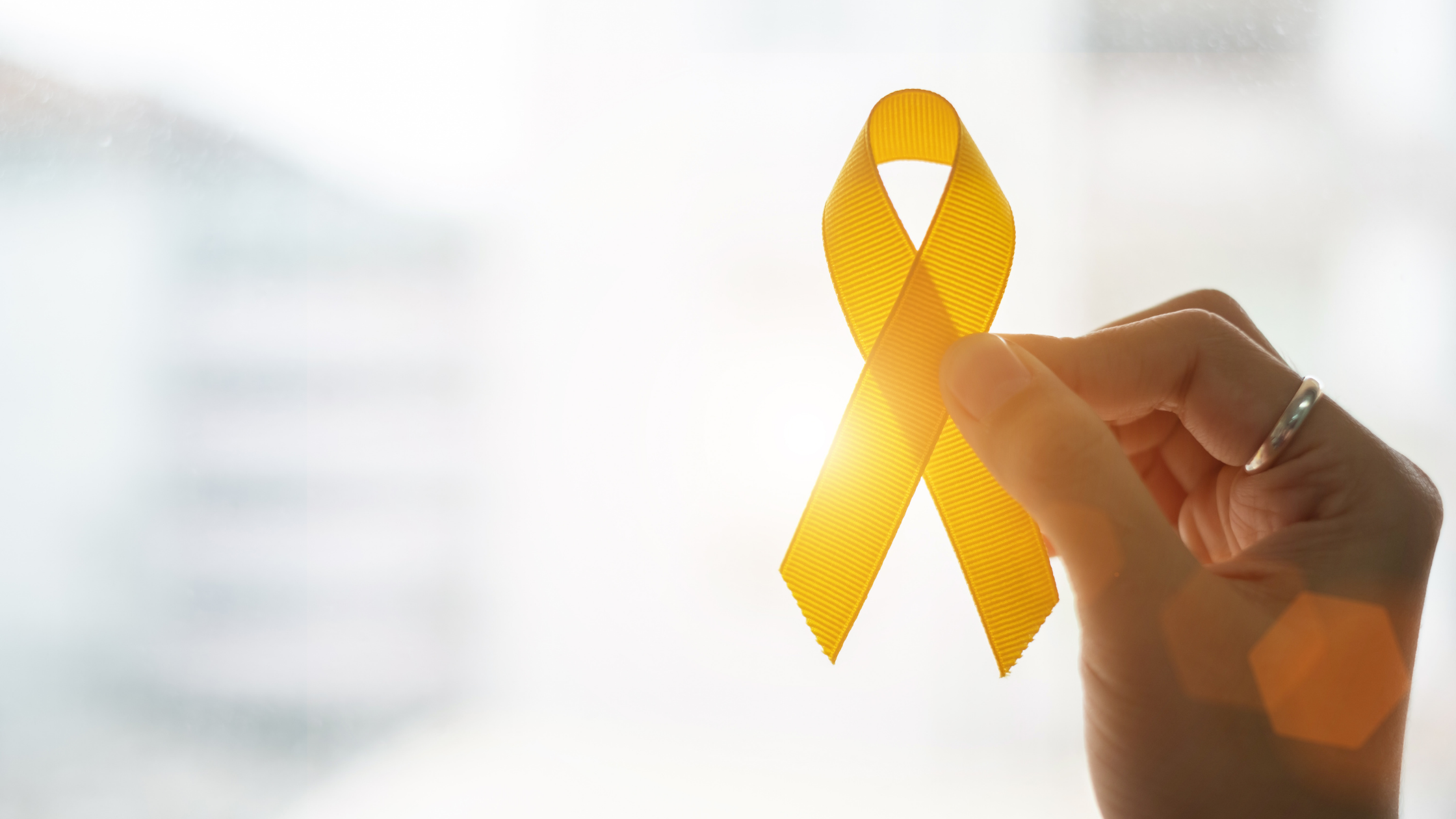
To mark Endometriosis Awareness Month, we sat down with the charity Endometriosis UK to discuss the invisible illness that affects 1.5 million women in the UK.
- What is endometriosis?
Endometriosis is a menstrual health condition affecting one in ten women and those assigned female at birth. The disease occurs when cells similar to those lining the womb are found elsewhere in the body. These cells behave like those in the womb building up, breaking down and bleeding, but unlike a period, the blood has nowhere to go. This can cause inflammation, pain and the development of scar tissue.
- What are the symptoms of endometriosis?
Common signs and symptoms of endometriosis include painful periods, chronic pelvic pain, pain on urination and bowel movements, fatigue and difficulties getting pregnant.
- Why are these symptoms often ignored?
Symptoms are normalised as being “part of being a woman” or “just a bad period” and pain is dismissed as “you may have a low pain threshold”.
- In the UK it takes approximately eight years to get a diagnosis of endometriosis. Why does it take so long?
There are a number of barriers that arise that contribute to this. Firstly, awareness of endometriosis is still too low, although improving, so someone with symptoms may not realise they have a medical problem and they don’t seek help.
Secondly, when symptoms are discussed with friends and family, they too might lack awareness and normalise the symptoms as “just a bad period”.
Thirdly, when someone with symptoms of endometriosis goes to their GP, they may have their pain and symptoms dismissed “you must have a low pain threshold” or not taken seriously.
In addition, some of the symptoms for endometriosis also occur with other conditions, so for example we know of women who were initially wrongly diagnosed with IBS (Irritable Bowel Syndrome) and later had endometriosis diagnosed.
Endometriosis UK has information on its website about getting diagnosed and advice on how to prepare for going to see your GP when you think you may have endometriosis.
- How does the lack of research contribute to the hidden suffering of millions of women?
The historical lack of research into endometriosis means the cause has not yet been identified and there is no cure. There are treatments to manage the symptoms of endometriosis including hormonal treatment, surgery and painkillers, but unfortunately, they don’t work for everyone with the condition. Greater investment in research could help identify the cause and develop better treatments and hopefully one day a cure.
- What does Endometriosis UK do?
With the help of our volunteers, we raise awareness of endometriosis, and the issues that affect those living with it, among healthcare professionals, those with endometriosis and their families and colleagues, the public and the media. By developing clear policies, Endometriosis UK aims to influence national governments and healthcare providers to achieve the standards of care and treatment that those with endometriosis deserve.
- How can the government help?
In the UK, there is national guidance on the diagnosis and management of endometriosis from the National Institute of Health and Care Excellence (NICE). All UK governments should ensure that NICE guidance is fully implemented in their respective healthcare systems and that steps are taken to measure and meet the demand for endometriosis care.
In Scotland, a women’s health plan was published last year which commits to doing this and work is underway on implementing the commitments made. In England, a women’s health strategy is currently in development and Endometriosis UK has asked the Department of Health and Social Care to commit to doing this.
The Welsh Government has just begun to develop a women’s health plan for Wales and Endometriosis UK has been involved in a coalition of charities which is preparing a proposal women’s health which addresses endometriosis and will be presented to the Welsh Government later this year.
During the recent Endometriosis Action Month, Endometriosis UK launched a campaign to improve endometriosis care in the UK by asking for the NICE guideline on endometriosis diagnosis and management to be reviewed and updated. This is because, while the guideline was a step forward in endometriosis care, there are some important gaps including access to pain management, endometriosis outside the pelvic cavity and mental health support.
A new European (ESHRE) guideline on endometriosis also came out in February 2022 which includes new recommendations not covered by the NICE guideline, which was published in 2017.
For more information and support visit Endometriosis UK.
News
Women missing cardiac rehab despite key benefits, study finds

Women are underutilising cardiac rehabilitation programmes despite clear evidence they reduce hospital readmissions and the risk of future heart attacks, new research shows.
Even when women do join these exercise, lifestyle and education programmes after heart surgery or major cardiovascular events, they are less likely than men to complete them.
An American Heart Association scientific statement highlights the benefits of cardiac rehabilitation, barriers to access, and potential ways to increase participation among women.
It was co-authored by Jessica Golbus, a cardiologist at the University of Michigan Health Frankel Cardiovascular Center.
Cardiac rehabilitation combines supervised exercise sessions, education about heart-healthy living, and counselling to reduce stress and improve mental health following a cardiac event.
Patients typically attend several sessions a week for multiple weeks or months.
Golbus said: “Even when women do participate, the research tells us that they are still less likely to complete cardiac rehabilitation as compared to men.
“There are several barriers that women face to accessing cardiac rehabilitation, and existing programmes may fail to adequately address their specific needs.”
Women are referred for cardiac rehabilitation less often than men, with clinicians less likely to discuss it with female patients.
This gap is even wider among women from underrepresented racial groups.
Other barriers include insurance coverage, transportation problems, social isolation and caring responsibilities.
Women are more often the primary caregivers in families, which can make attending regular sessions difficult.
Research shows women who do take part benefit just as much as men — with lower blood pressure, better cholesterol levels and an improved quality of life.
Golbus said: “There is so much research that shows how cardiac rehabilitation is an essential tool for patients to optimise their recovery.
“I would encourage anyone who thinks they might be eligible for cardiac rehabilitation to talk to their clinical team and consider participating.”
Women recovering from cardiac events often have specific needs that existing programmes do not always meet.
They are more likely than men to experience depression and emotional distress after a heart event, and tend to be older at diagnosis, with additional health conditions that may restrict their exercise capacity.
They are also more likely to be referred following less common cardiovascular conditions such as coronary artery dissection — a tear in the wall of a heart artery — rather than the more typical heart attacks that usually lead to referral.
Golbus said: “Despite women having some unique needs, the research supports that all patients that qualify for cardiac rehabilitation have the potential for benefit.”
The statement outlines several ways to close the participation gap.
Automatic referral systems could significantly boost enrolment, while direct recommendations from physicians or case manager support have been shown to improve awareness and attendance.
Golbus said: “All of this points to a clear need for targeted interventions to improve cardiac rehabilitation participation and outcomes among women.
“I think the approach needs to be multi-faceted.”
Tailored programmes for women could help — such as offering a wider range of exercise options, more focused education and stronger psychosocial support.
Peer support groups after cardiac diagnoses are also linked to better quality of life and lower depression and anxiety scores.
Golbus said: “Women may also benefit from a peer support group after a cardiovascular diagnosis or event.
“Participating in those groups is linked to increased quality of life and lower depression and anxiety scores, which all affect cardiac rehab attendance.
“Finally, there is reason to explore virtual cardiac rehab that incorporates digital health technologies.
“This could eliminate the need for transportation to sessions and potentially improve access for patients who are unable to attend centre-based cardiac rehabilitation.”
Q&A
How this rising startup says bye to Dr. Google and Prof. TikTok
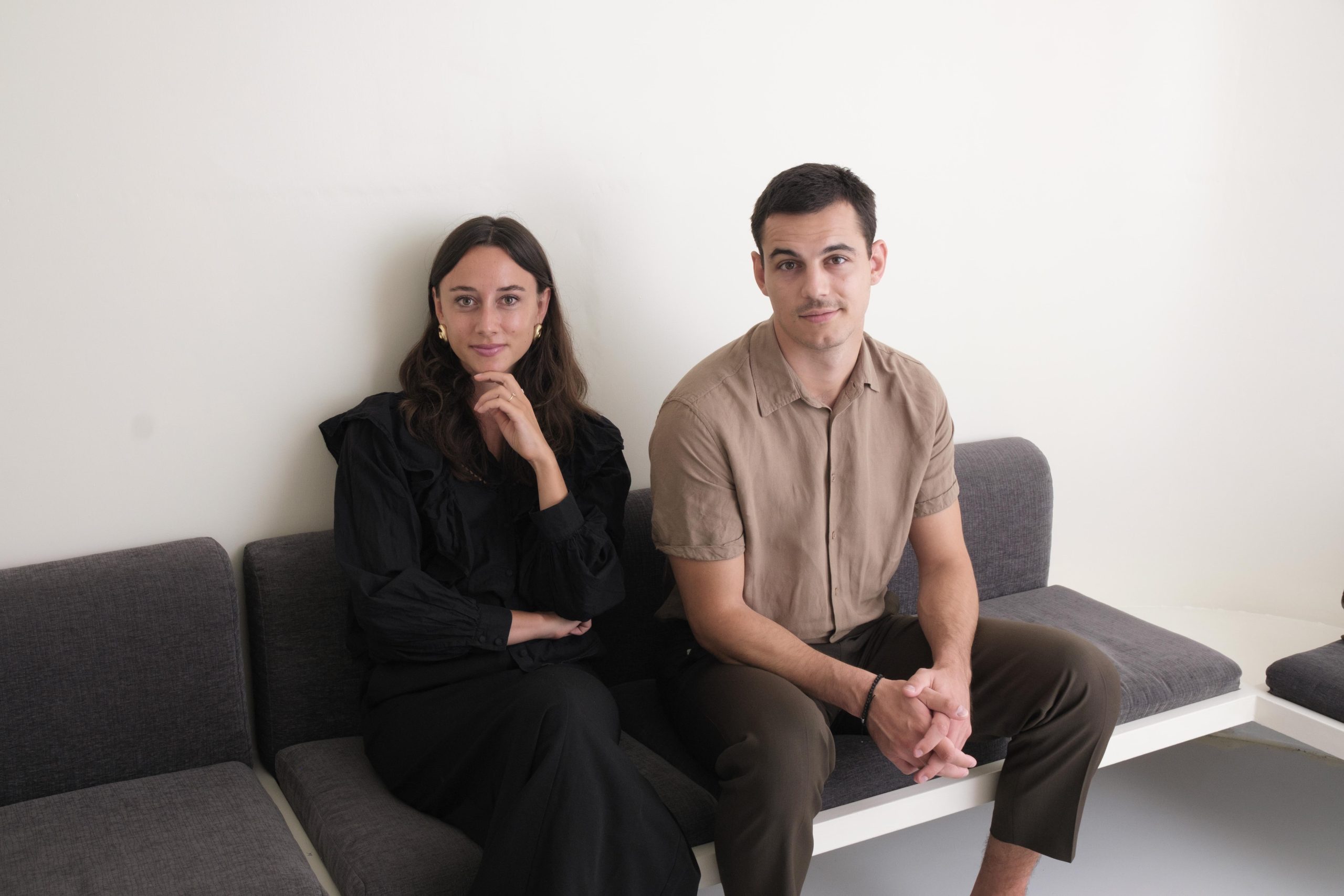
The way we look for health information has changed a lot.
Search engines are full of confusing advice, and more and more people are turning to TikTok for answers, even though it’s risky.
Lina felt this struggle herself— being disappointed by multiple first time visits of various doctors she spent hours scrolling through Google and TikTok, trying to find reliable health information after not having a period for years.
Her frustration led to the creation of femble—a platform for womens health that allows you to find and follow health-experts within seconds.
Here, the founders Lina Graf and Daniel Steiner tell us more about the journey and why femble transforms our access to health information.
Lina, what was the founding idea behind femble?
We all have googled symptoms and thought “this is nonsense” or “it’s annoying to go through all those pages”.
This is particularly true for women who still are often dismissed by our health-care systems and have to rely on digital sources.
The concern is that TikTok is increasingly replacing Google as the go-to source for health questions among Gen Z, which brings its own set of risks.
So we face the issue of needing quick access to engaging information, but also making sure it’s valid.
With femble, we close this gap by enabling health-experts to build a digital presence while enabling women* to search and find valid information in a second.
Daniel, what motivates you to build femble even though the end result might not be helping you directly?
First of all thanks for having us and doing what you do.
Secondly I see a massive need and obligation of a new generation of men challenging systems that ultimately mostly other men have built.
This also accounts for the health-care system. And besides that, there have been other men in the fem-tech way before me – be it the founders of Flo health or the co-founder of Clue.
Ultimately working together, no matter what gender is even anchored in our name: femble. Fem for female, ble for ensemble – together.
What’s the market potential for femble, especially considering the current state of healthcare systems, Lina?
Healthcare systems are facing immense pressure globally, leading to a decline in quality and health literacy.
femble steps in as a solution by directly connecting women with expert-verified health information, increasing health literacy and guiding patients to the right resources.
For doctors/health-experts, this means a more efficient use of their time, allowing them to focus on quality care while reaching a broader audience through our platform.
This approach has the potential to significantly enhance doctor patient connection.
By empowering both patients and doctors, femble is set to make a significant impact in the healthtech landscape.
Daniel can you give us some insights on how the platform works exactly again? Do I get answers to specific questions or insights based on my profile?
Right now, femble offers a feed with verified knowledge from health experts, similar to how you’d consume social media content.
Our next phase is launching a search engine feature, enabling users to search for specific questions and content.
Then users can really find and follow health-experts within a second – you get to know a team of experts before you even had an appointment with them so to speak.
How many users and experts are on the platform by now?
We have thousands of monthly users and dozens of experts who are already building their following on femble.
What’s exciting is that over 55 per cent of our users engage with the platform weekly.
We’re starting to receive a lot of requests by various health-experts who want to educate their own patient base better and get guidance on how to create video-content.
So figuring out how to scale and automize health-expert onboarding is a challenge we currently work on and you can expect to see many more experts on the platform within the next couple of weeks and months.
Sounds amazing. Last question: What’s your vision for femble?
femble aims to make health as accessible as TikTok, but as trustworthy as a doctor’s office.
Our vision for femble is that it becomes the number one search engine for health questions and enables us all to continuously find trustworthy information – also meeting the demands of today’s generations.
Find out more about femble at femble.co
Q&A
Femasys founder Kathy Lee-Sepsick on entrepreneurship and the need for innovation in women’s health
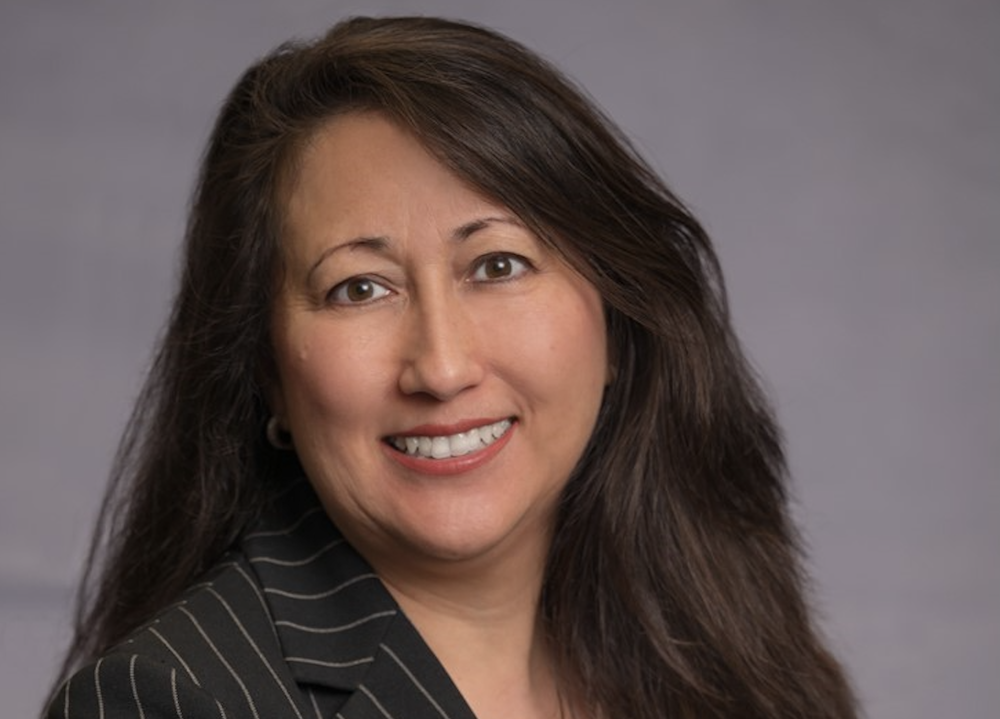
Kathy Lee-Sepsick, founder and CEO of the biomedical company Femasys, opens up about her entrepreneurial journey and what nearly three decades of experience as a top medtech executive have taught her.
Could you tell us about your background and how you got into women’s health?
I spent 10 years in various leadership roles at medtech companies focused in the cardiovascular and orthopaedics specialties. During this time, I realised how underserved the women’s health area was in comparison and the available solutions for reproductive health needs, specifically in permanent birth control were unsuitable.
With inventions that I felt were revolutionary to address the unmet needs in critical areas of reproductive health, I made the decision to start Femasys in 2004.
What inspired you to create Femasys?
I was inspired by my daughters and desire to create solutions that would offer women suitable reproductive health options in areas that have seen little-to-no innovation.
In addition to realising a widespread global need, I personally faced the same challenges as others when I encountered inadequate options for my own reproductive care. I believe Femasys has the potential to create lasting change.
How would you describe Femasys in a few words?
Femasys is a female-founded and led biomedical company focused on empowering women worldwide as they seek solutions throughout their reproductive journeys by providing revolutionary products that are affordable and accessible.
How would you describe the impact and importance of your work?
Technological advancements in female reproductive health are long overdue, which has driven our focus to develop in-office, accessible, and innovative options. The work we are doing in infertility and permanent birth control are game-changers and have the potential to transform the landscape for women, couples, and their families.
Our work is so important because no one else is focused in advancing these much-needed technologies, which has the opportunity to impact women for generations to come.
People may be thinking ‘How is Femasys transforming women’s healthcare worldwide?’. What’s your response to that?
The product solutions we are advancing address issues women are facing worldwide. We are dedicated to not only helping women here in the US but around the globe as we work to amass country approvals for our product initiatives.
As a small emerging company, the allocation of resources and funds for this effort demonstrates our commitment.
What is the best part about being an entrepreneur in this space?
It is hard pressed to find a space in healthcare that is this neglected, so the best part is knowing every day that the work we are doing has the potential to make such a significant impact worldwide. Executing on our mission is a constant responsibility that bears immeasurable satisfaction as we achieve our goals.
What is your greatest achievement since establishing Femasys?
My greatest achievement since establishing Femasys is making our products available to women in the US and other countries outside the US as we gain regulatory approvals of our important technologies.
This includes FemaSeed for the next generation of artificial insemination, FemVue for diagnosis a woman’s fallopian tubes with ultrasound, and FemCerv for obtaining a comprehensive tissue sample for diagnosis of cervical cancer.
-

 News3 weeks ago
News3 weeks agoDozens of women report suffering painful burns after using Always sanitary towels
-

 News4 weeks ago
News4 weeks agoWomen’s health innovations recognised in TIME’s Best Inventions 2025
-
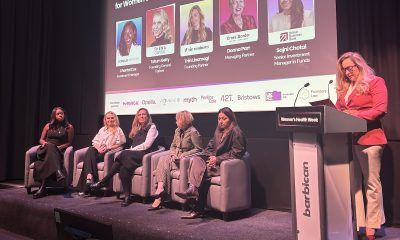
 Events3 weeks ago
Events3 weeks agoCutting through the noise in femtech – key takeaways from Women’s Health Week 2025
-
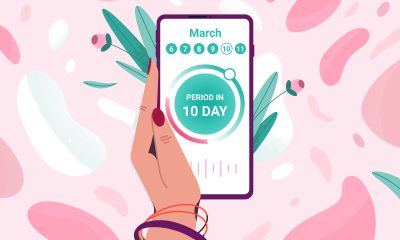
 Mental health4 weeks ago
Mental health4 weeks agoMenstrual cycle affects women’s reaction time, study finds
-
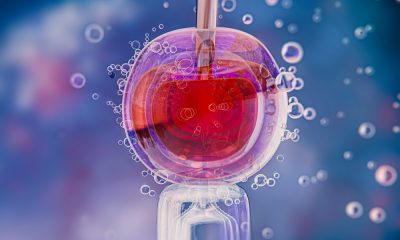
 News2 weeks ago
News2 weeks agoAI embryo selection tool wins European approval
-

 News3 weeks ago
News3 weeks agoScientists develop breakthrough approach to detecting endometriosis in menstrual blood
-
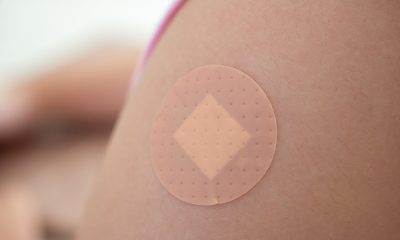
 News2 weeks ago
News2 weeks agoTestosterone patch shows promise for menopausal women
-

 Features2 weeks ago
Features2 weeks agoFrom SEO to GEO: How women’s health brands can get found in the age of AI







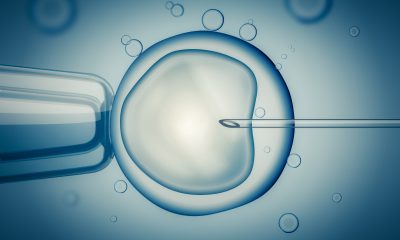

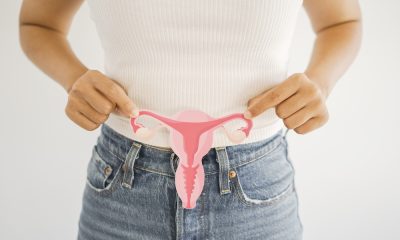
















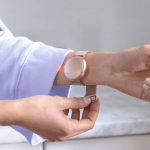
Pingback: “In an industry as broad as femtech, there is untapped potential and fiscal gain to be had – for founders and investors alike” - FemTech World
Pingback: New partnership to develop digital solutions for endometriosis-related pain - FemTech World
Pingback: Meet Germany’s first health app dedicated to endometriosis - FemTech World
Pingback: AI system could cut diagnosis time for women with endometriosis - FemTech World